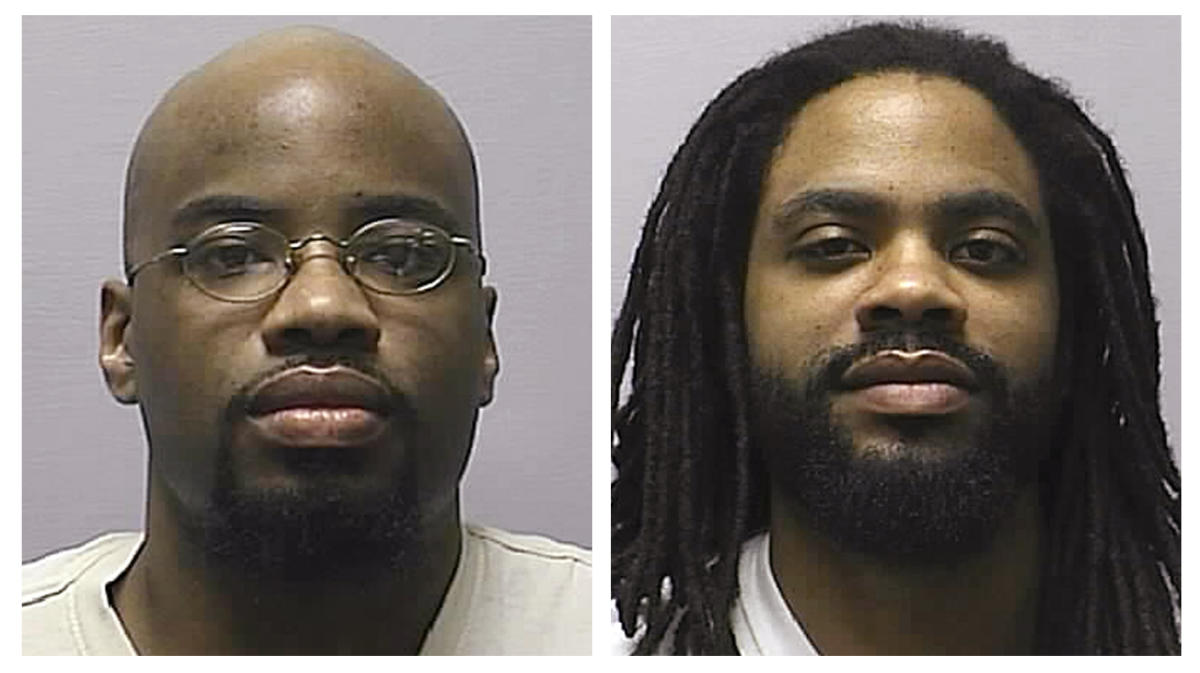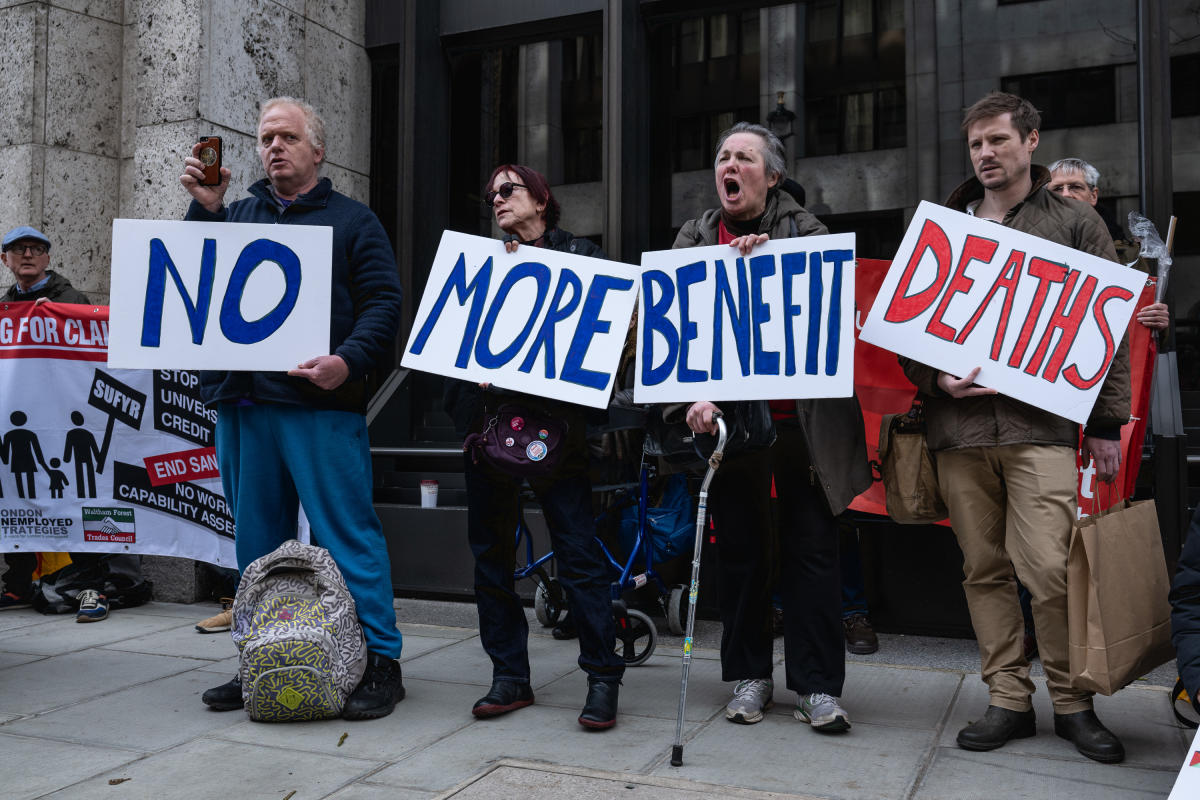Attorneys for two brothers who were sentenced to die in a quadruple killing known as the “Wichita massacre” will argue Monday for a formal resentencing hearing, the latest in a long series of appeals.
How the sentencing was handled has long been a point of contention because the two brothers — Jonathan and Reginald Carr — had a joint hearing when jurors considered their punishments. Prosecutors plan to oppose the latest effort.
The prosecution has long argued that the brothers broke into a home in December 2000 and forced the three men and two women there to have sex with one another and later to withdraw money from ATMs. Jonathan Carr was 20 and Reginald Carr was 23 when the murders occurred; they are now 44 and 46, and both are incarcerated at the state’s maximum-security prison in El Dorado, about 30 miles (48 kilometers) northeast of Wichita.
According to authorities, the women were raped repeatedly before all five victims were taken to a soccer field and shot. Four of them died: Aaron Sander, 29; Brad Heyka, 27; Jason Befort, 26; and Heather Muller, 25. The woman who survived testified against the Carr brothers. They were also convicted of killing another person in a separate attack.
Each of the brothers accused the other of carrying out the crimes.
Kansas has nine men on death row, but the state has not executed anyone since the murderous duo James Latham and George York were hanged on the same day in June 1965.
Attorneys for both brothers raised concerns in the latest round of court filings that the trial attorneys were ineffective — Reginald Carr’s defense said they were “egregiously” so — and failed to aggressively push for a continuance to give themselves more time to prepare. They also agreed that prospective jurors weren’t properly questioned about racial biases. The brothers are Black, their victims white.
Reginald Carr’s attorney’s also brought up an investigation into members of the Wichita Police Department exchanging racist, sexist and homophobic texts and images. Several were ultimately disciplined, and Carr’s attorney wrote that one of them was involved in the investigation of the brothers.
From there, the attorneys for the brothers deviate in their court filings. Jonathan Carr’s attorneys argued that the trial attorneys failed to investigate and present evidence that Reginald Carr, who is older, had a powerful influence over his younger brother and sexually abused him. A Kansas Department of Correction evaluation conducted just days after Jonathan Carr was sentenced to death said he “appears to idolize his brother,” his attorneys wrote.
Meanwhile, Reginald Carr’s attorneys wrote the trial attorneys were unprepared to rebut Jonathan’s defense, which it described as “largely consisting of family members prepped to promote saving Jonathan Carr’s life over his older brother’s life.” And they further argued that DNA evidence and identification was actually stronger against Jonathan Carr.
Last year, the U.S. Supreme Court refused to request a formal resentencing hearing for each defendant. That action came a little less than a year after the Kansas Supreme Court ruled that the two brothers had received fair trials and upheld their death sentences.
The Kansas court upheld their convictions in 2014 but overturned their death sentences, concluding that not having separate hearings violated the U.S. Constitution. The U.S. Supreme Court reversed that decision in 2016, returning the case to the Kansas Supreme Court.
When the Kansas Supreme Court took up the brothers’ cases again, their attorneys raised questions about how their cases weren’t conducted separately when jurors were considering whether the death penalty was warranted. Other issues they raised included the instructions that were given to jurors and how closing arguments were conducted.
The Kansas court’s majority concluded that while the lower-court judge and prosecutors made errors, those errors did not warrant overturning their death sentences again.



